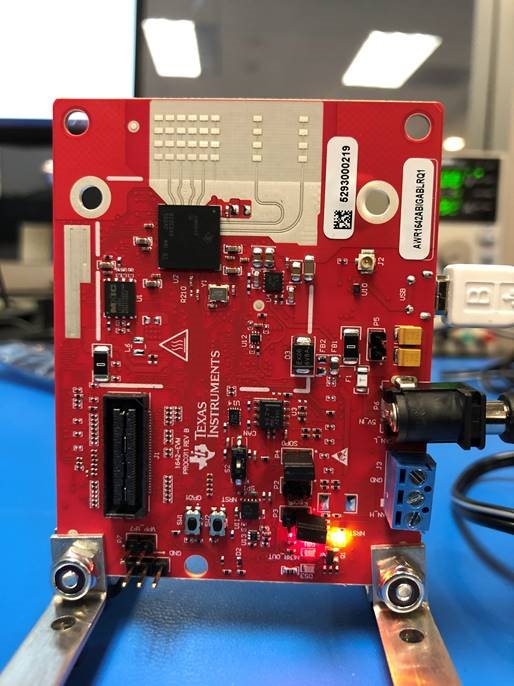Other Parts Discussed in Thread: AWR1642
Hello,
I have a few quick questions, can you comment on 1-5 below? In reference to the below picture:
1. Out of the 2 TX antennas, if I choose 1 in the param file, am I selecting the one to the very far right in the board or the other one?
2. If I choose 2, then I guess it’s the other one, and if I choose 3, then it’s both, correct?
3. When it’s both, we are not sure we understand the sequence with which the card operates. Is it one chirp from 1 TX and 1 chirp from the other? Is it one chirp from both at the same time?
4. On the RX side, we can choose, 1, 2, 4, 8, 15, which selects the first, the second, the third, the forth or all of them together respectively. But, again, which is which? In other words, which one is the 1st and which one is the 4th in the photo?
5. Also, about the RX, if we choose 15, and all are receiving, how does it work, you get one chirp back from one at the time, all at the same time….what is it?


